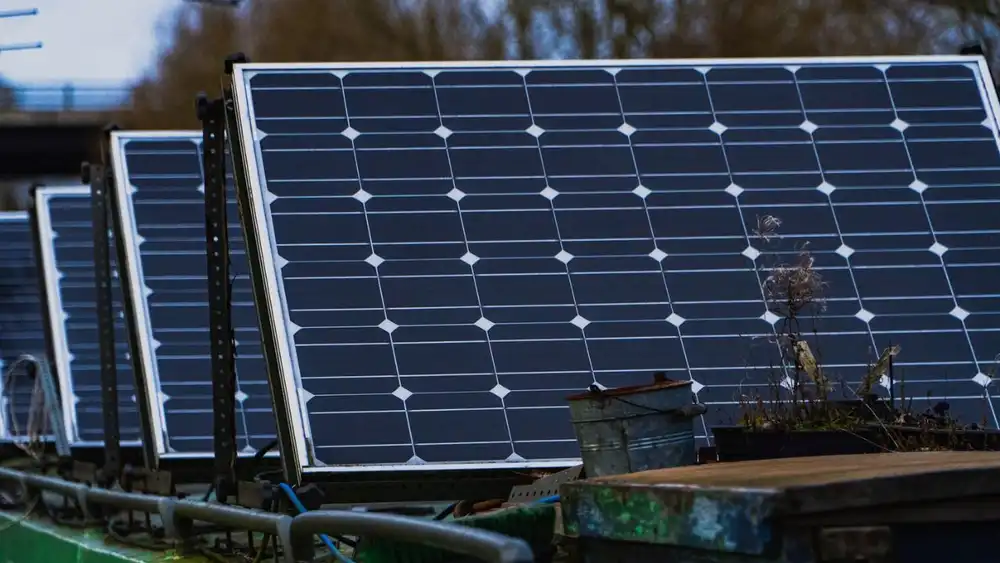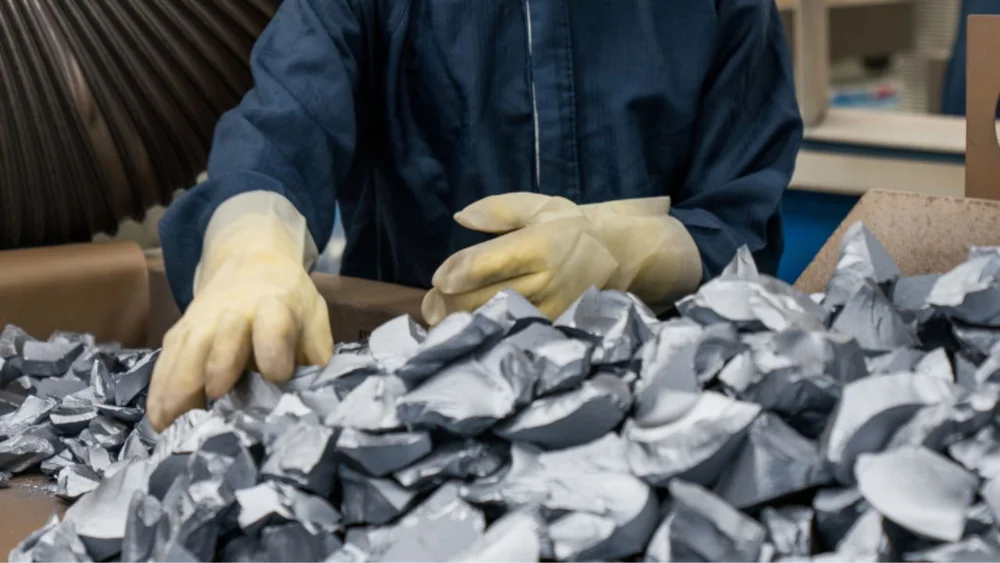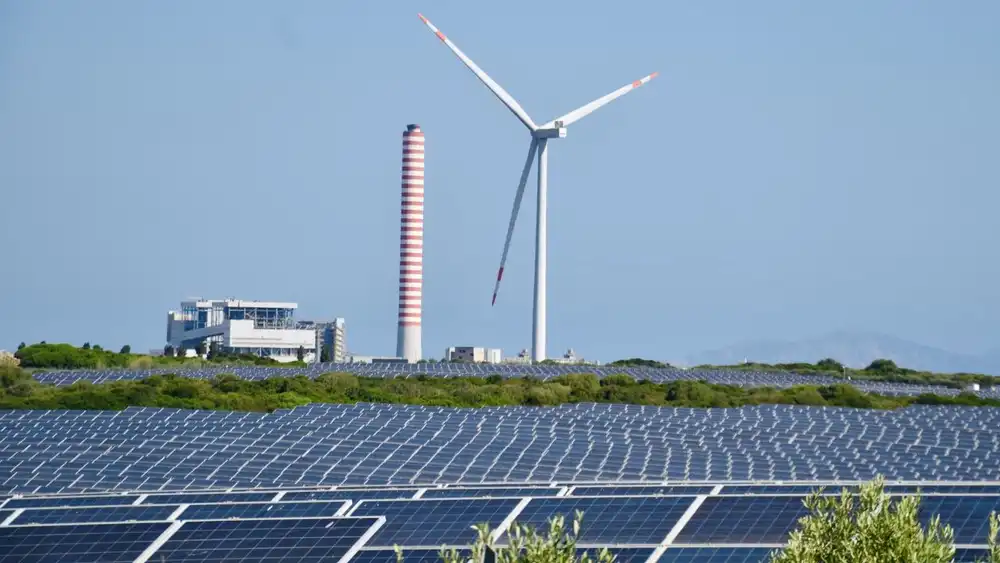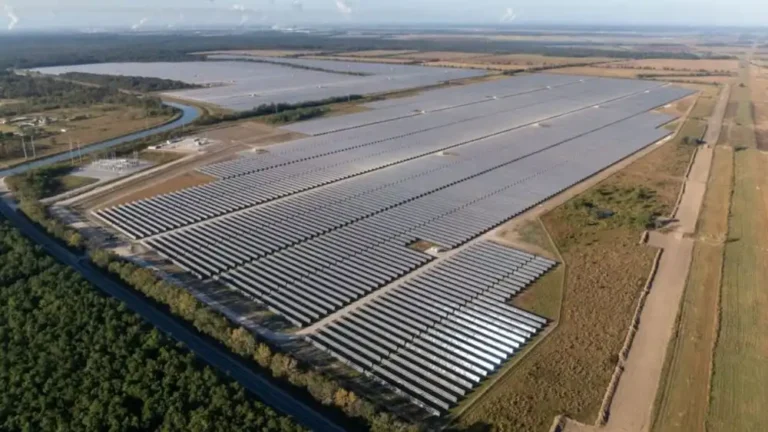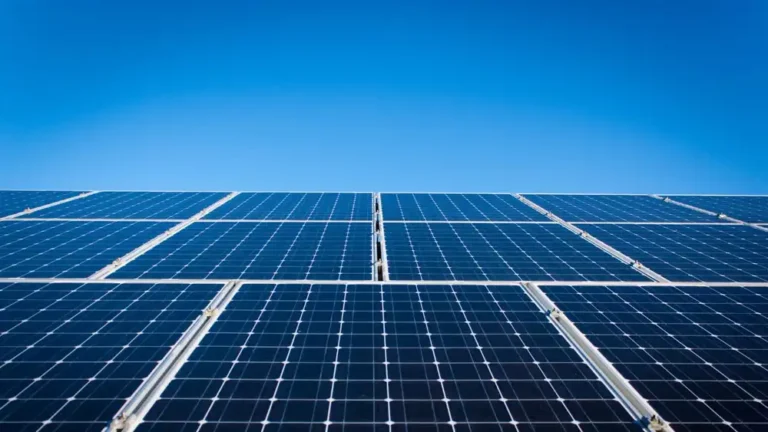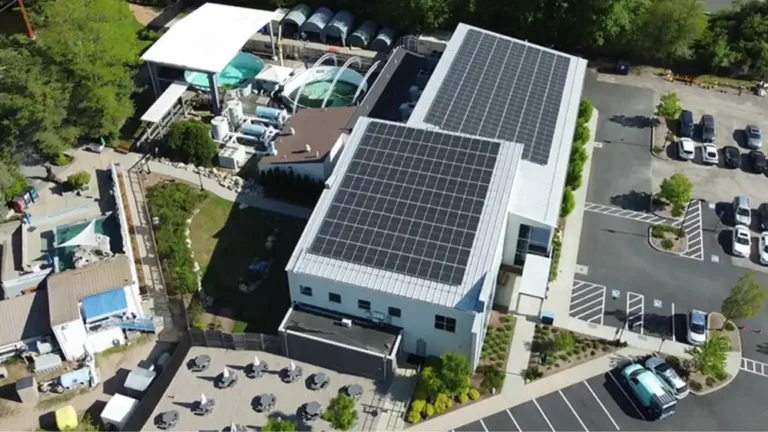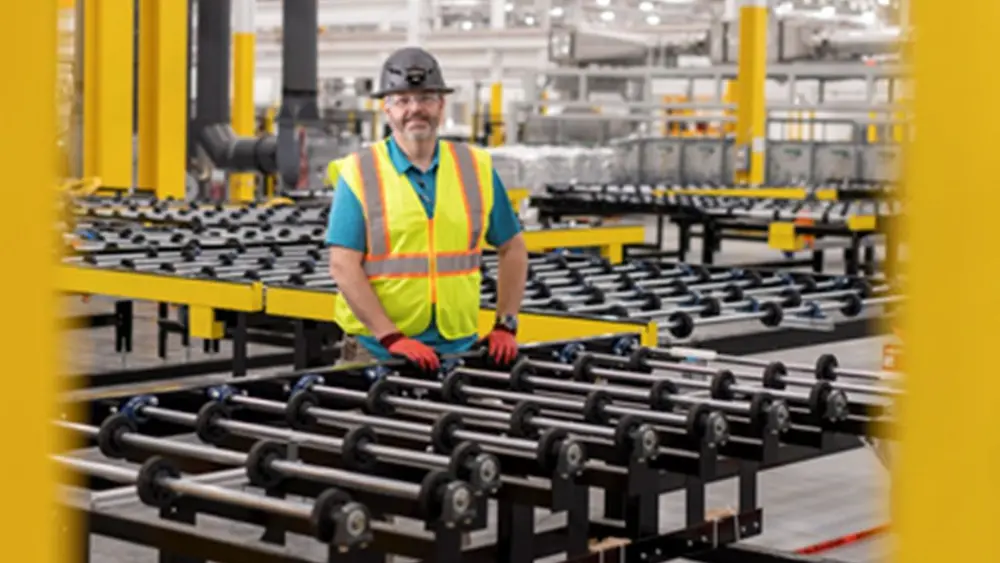
- First Solar says it has patent infringement from major solar players.
- It said it had sent letters to Longi, Trina, Jinko, JA Solar, and Canadian Solar.
- The technology in question concerns the so-called TOPCon solar cell technology.
- In First Solar’s view, being the only proprietary, exclusive photovoltaic technology.
U.S.-based solar manufacturer First Solar has issued formal warning letters to some of the world’s biggest solar panel companies, including Longi, Trina Solar, Jinko Solar, JA Solar, and Canadian Solar. The company claims these manufacturers are infringing on its patented TOPCon solar technology.
Also read: Pleuger Industries Advances Groundbreaking Subsea Energy Storage
This massive news came during the Q3 earnings call from First Solar, marked by potential intellectual property rights disputes in an industry known for rapid technological breakthroughs and intense competition.
First Solar CEO Mark Widmar explained the ongoing situation on the earnings call: “Our legal team has been pretty aggressive at contacting all Tier 1 solar manufacturers. The letters that are going out essentially make some allegations that the companies have been using our TOPCon patents without any kind of license, and that is a serious intellectual property infringement.”.
Such an act not only shows that First Solar seems to be willing to be protective of its innovations, but it also underscores how the rights involving patents continue to grow complex in this sector of solar energy.
TOPCon stands for Tunnel Oxide Passivated Contact Technology. For its own part, it has managed to gain popularity within the ambit of solar technology by virtue of giving photovoltaic cells based on crystalline silicon increased efficiencies and more performance.
Also read: American-Made Program Drives Innovation at RE+ Conference
The patents related to this technology held by First Solar are all-inclusive, cutting across different countries including the United States of America, Canada, China, Japan, and most of the European nations. Their patent terms run to 2030, therefore affording First Solar ample opportunity for the realization of their innovation.
This the company is warning amidst patent disputes among solar manufacturers that continue to escalate where most of them are putting claims against each other with TOPCon technology. There will be an increase in the conflicts as demand grows for advanced solar solutions that will see companies rush and develop and implement the most efficient technologies.
According to Widmar, the patent infringement implications are not limited to First Solar and its competitors but threaten stakeholders in the solar energy ecosystem. He clarified, “We believe that this IP-related uncertainty surrounding whether crystalline silicon manufacturers may make and sell TOPCon solar products and the possible implications that may result for a PV project using possibly infringing solar cells are part of the considerations by developers, project owners, PPA off-takers, and financing parties, including debt and tax equity.
This is to indicate ripples from these law suits may affect not only financing and development but the whole industry itself.
Also read: RWE to Power Rivian’s EV Network with Champion Wind Project in Texas
Another area that shows First Solar’s commitment to innovation is its focus on its proprietary cadmium telluride semiconductor technology. While the very commoditized crystalline silicon modules place it at the wrong end of the scale, this puts First Solar in a relatively better place in a market where, more than anything else, differentiation really matters.
Concluded Widmar, “The current intellectual property landscape, particularly as it relates to TOPCon’s cell technology, underscores one of First Solar’s key competitive differentiators.”
A turning point in the solar industry in terms of formal warnings made by First Solar towards its world’s competition, to which intellectual property protection is very much concerned, comes.
Increasing tensions about patents would signify that not only would it be a battle among the firms concerning the respective developments of solar technology, but also that parties to this industry could all tell just how close to coming one legal and financial risk is.
This would help the company protect its inventions while drawing more attention to such matters, hence strengthening the company’s position in the market while making people better appreciate the complexities associated with developing such renewable energy technology.

